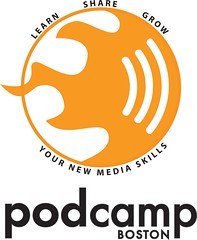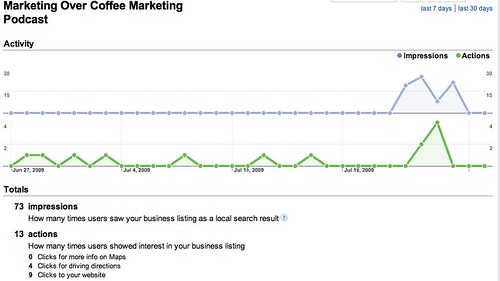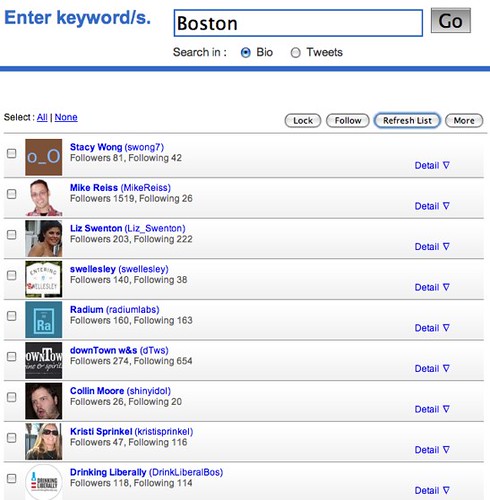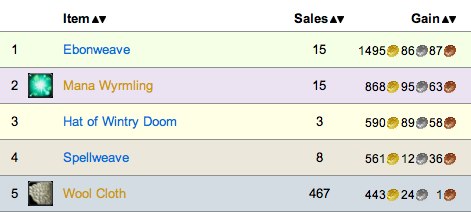There are two basic kinds of secrets – secrets of information and secrets of experience.
Secrets of information are data points. The ingredients in Coca Cola. The Colonel’s 11 herbs and spices. These secrets are valuable until the information becomes commonplace or available enough that competitors can use them to their advantage and your disadvantage. In classical religious studies these are exoteric secrets, or surface secrets.
Secrets of experience are something else entirely. The taste of a pomegranate. Your true love’s kiss. Getting your black belt. These secrets aren’t informational but experiential, which means that everyone can know the data points about the secret but still have no idea what it is or how it works. In classical religious studies these are esoteric secrets, or deep secrets.

Most of the really good stuff in life, most of the really powerful, life changing secrets are the latter, the experiential, the esoteric. There is no way, no matter how much you try, to describe to someone who’s never had one, with great accuracy the taste of a pomegranate such that when they put it in their mouth, the experience is not new. There is no way, no matter how graphic you get, that you can ever relate that first kiss to someone you love with any level of precision.
Esoteric experiences are just that – experiences. Master teachers – true master teachers – don’t teach you these secrets. They can’t. What they can do is create conditions favorable for you to teach yourself the secrets.
So what does this have to do with social media?
Take your pick of folks selling you social media secrets. This eBook, that blog, this book tour, that DVD, this limited opportunity, that guide. The sad news is, about 99% of it is bullshit. Complete, utter, and total bullshit perpetrated by people looking to make a fast buck on the inexperienced.
Social media is inherently about relationships between humans. Yes, there’s a decent amount of technology involved. Yes, it scales to levels that are beyond what humans can naturally maintain. Yes, a lot of those relationships are frighteningly superficial.
At the end of the day, though, because humans are at the core of social media, the power and value you get out of it, the power and value you deliver to it – all of it is rooted in experience. How to ask someone for help promoting your charity on Twitter. How to offer help to someone who sounds like they’re in sincere need in your Facebook stream. How to enjoy the serendipity of communicating the same things – life – in new ways to lots of new friends, and even a few new enemies. No book, no guide, no guru can teach you these things. You can only learn them through experience.
If you want to learn social media, to become proficient at it, to be a veteran practitioner, seek out experiences. Instead of talking about the shape, size, weight, and best vendors of pomegranate, rating whose reviews of pomegranate are best or whether a certain celebrity eats pomegranate, get off your ass and go eat one. Instead of spinning endless circles about the right or wrong way to use Twitter, Facebook, Ning, or every other social channel, go accomplish something with it. Find a charity that needs some promotional help. Join a local meetup group and practice using the tools to bring in new members.
Do. Accomplish. Kiss the girl/guy/etc., eat the pomegranate, and have the experience. At the end of the day, while others are talking about their social media expertise, which sounds stirringly reminiscent of prepubescent boys in a locker room bragging about exploits they’ve never had, you’ll have the experience, the real deal, and the satisfaction of knowing the esoteric secrets of social media.
No surprise, the photo is of a pomegranate.
Did you enjoy this blog post? If so, please subscribe right now!



Get this and other great articles from the source at www.ChristopherSPenn.com












